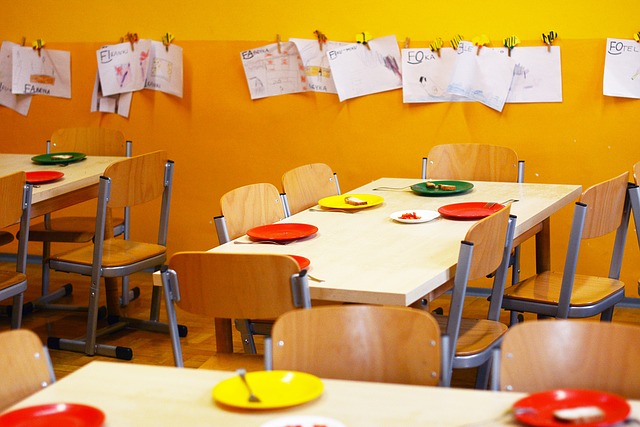
The theory of left brain or right brain dominance states that people are either left-brained or right-brained, meaning that one side of their brain is dominant. people who are analytical and methodical in their thinking are said to be left-brained, while people who tend to be more creative or artistic are said to be right-brained.
While it is easy to separate interests and careers into purely left brain or right brain. STEAM education corroborates the equal use of both the left and right brain
Whether your students have shown interest in advanced math, engineering, or even just love video games, there is a career path out there for them. Here is a list of 8 careers combining art and math skills to spark your students’ interests in more ways than one:
1. ANIMATOR
Animators work in the space where design and technology meet. They use software to break down character motion to the most efficient mathematical equations possible, and focus on finding creative solutions to producing realistic images. Do you have students interested in cartoons or action games?
2. PRODUCT DESIGN
Product designers work to solve problems and maximize the functionality of a product. They develop prototypes and test products to ensure they are as beautiful and intuitive to use as possible. While art plays a big role in the aesthetics portion of this job, the main focus of any product designer isn’t how a product looks, but rather how efficiently it solves the problem at hand. Take video game consoles, for example – the controllers are often aesthetically beautiful, but they have become more ergonomic to combat injuries related to overuse. Perhaps even more importantly, product designers at companies like Nintendo and Sony have adapted to the types of games that have become more popular over time, with the inclusion of a joystick to ease navigation in first-person shooter games, and strategically placed triggers and buttons to make the motions necessary for gameplay as intuitive as possible.
3. GRAPHIC DESIGN
It’s clear how art and creativity is incorporated into graphic design, but designers use math every day as well. Mathematical concepts such as symmetry, patterns, positive and negative space, and sequencing are all integral to graphic design, as is the ability to compare ratios and scale images up or down for different mediums.
4. ARCHITECT
Architects design buildings, and while aesthetics play a major role in architectural design, the mathematics behind the design is just as important. Architects use math and physics to consider how to design buildings that are structurally sound and safe to use every day. They use creative problem solving to come up with design solutions that are practical, safe, and beautiful.
5. GIS TECHNICIAN
Geographic Information Systems (GIS) technicians handle a lot of data and use math in their day-to-day. However, they also incorporate art into their careers through digitizing maps and adjusting them to fit different themes, specific to certain environments or for educational purposes.
6. VIDEO GAME DESIGN
Video games are fundamentally rooted in math – Mario’s jump, the Fortnite dance, and even the realistic movement of water, hair, or clothing would not be possible without the mathematical breakdown of these motions, and the math involved in programming. Video game designer work as a team to create everything from the backbone of code to the character design in order to create immersive and fun gameplay.
7. SOUND ENGINEER
Sound engineers work with broadcasting and recording equipment, blending sounds to create an ideal result for mediums like digital albums or radio. They have highly technical skills, and the job requires a knowledge of specific software, math, and physics to understand acoustics and how to produce a desired effect in the moment as well as in post-production.
8. ART CONSERVATION
Art conservators generally have a background in visual arts and are capable artist themselves in fields such as drawing, painting, papermaking, sculpting, and more. Aside from artistic inclination, however, conservators require a deep understanding of chemistry, physics, and math as it relates to different mediums of art. They combine these skills into the ability to repair severely damaged pieces from rot, tears, and burns, and also use them to preserve pieces from future harm by managing sunlight exposure and humidity.



